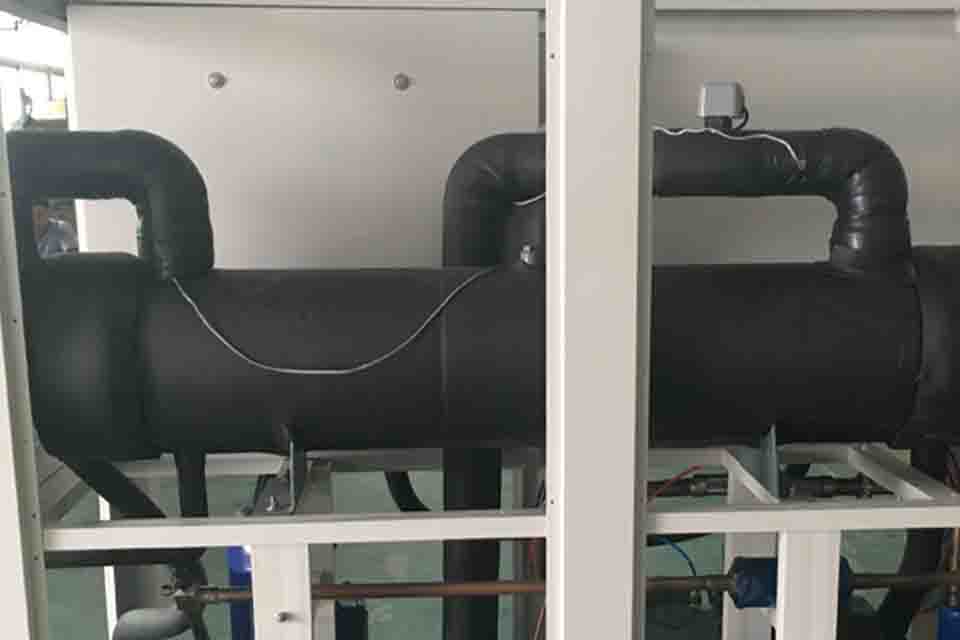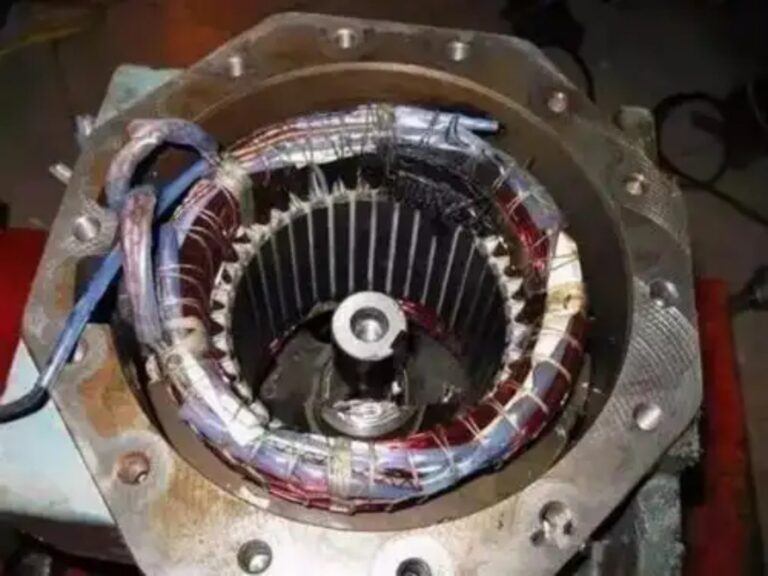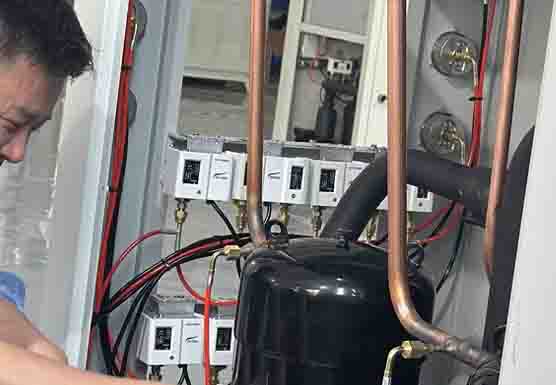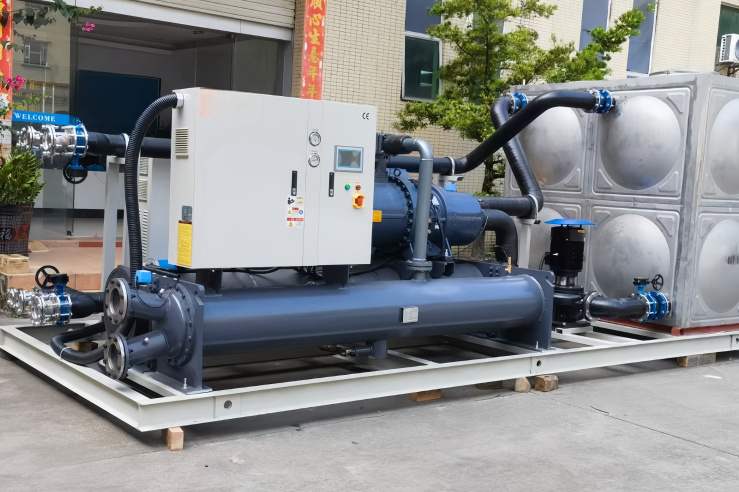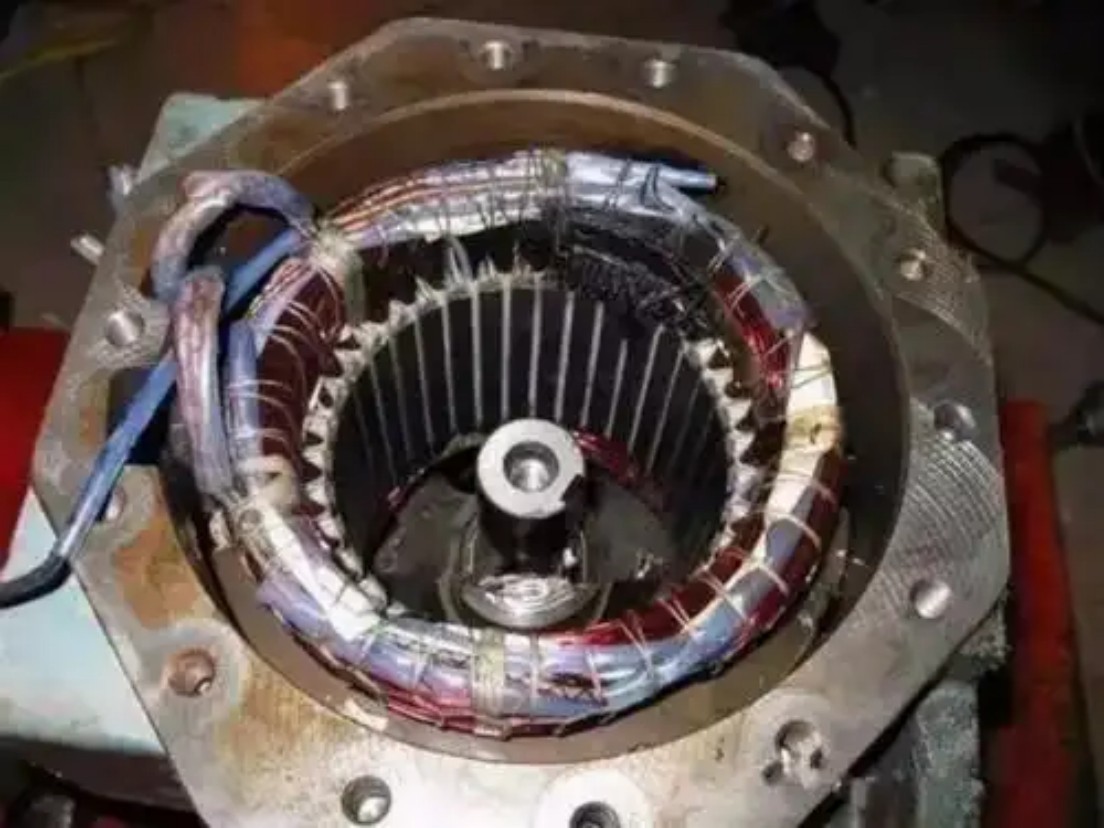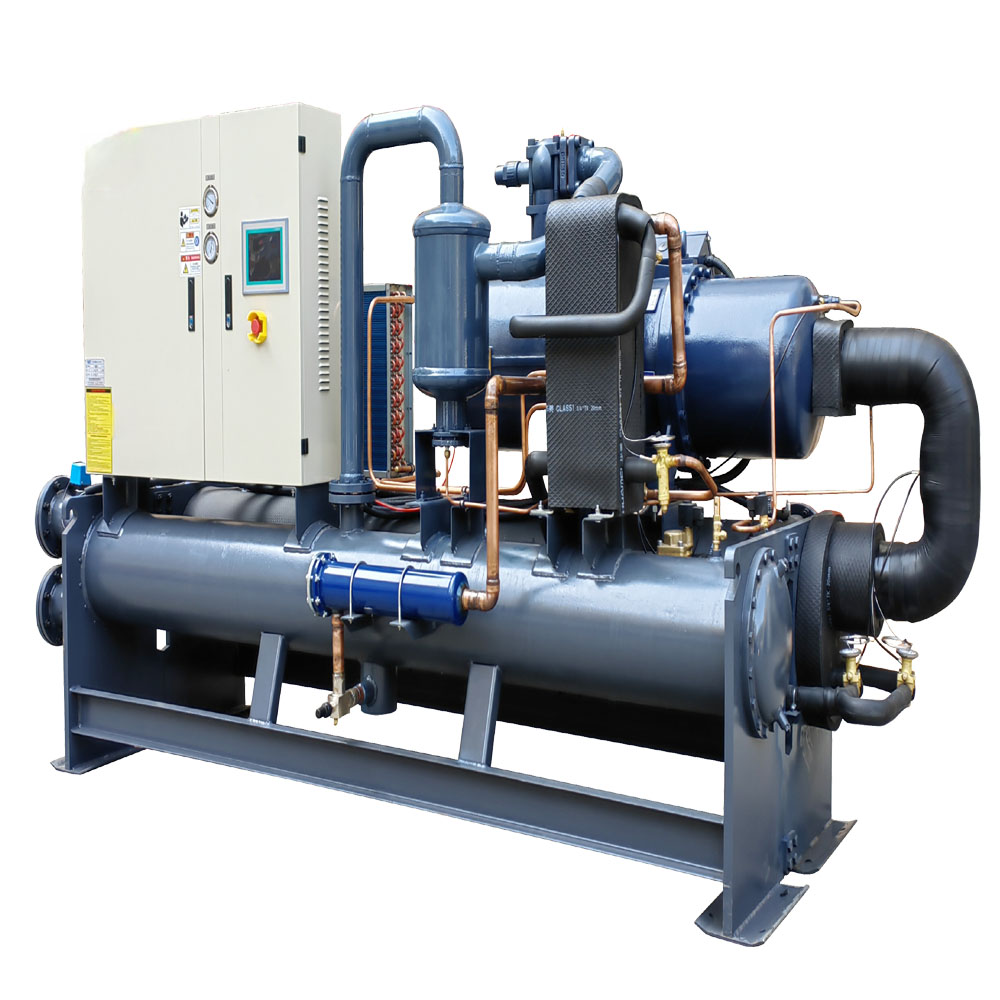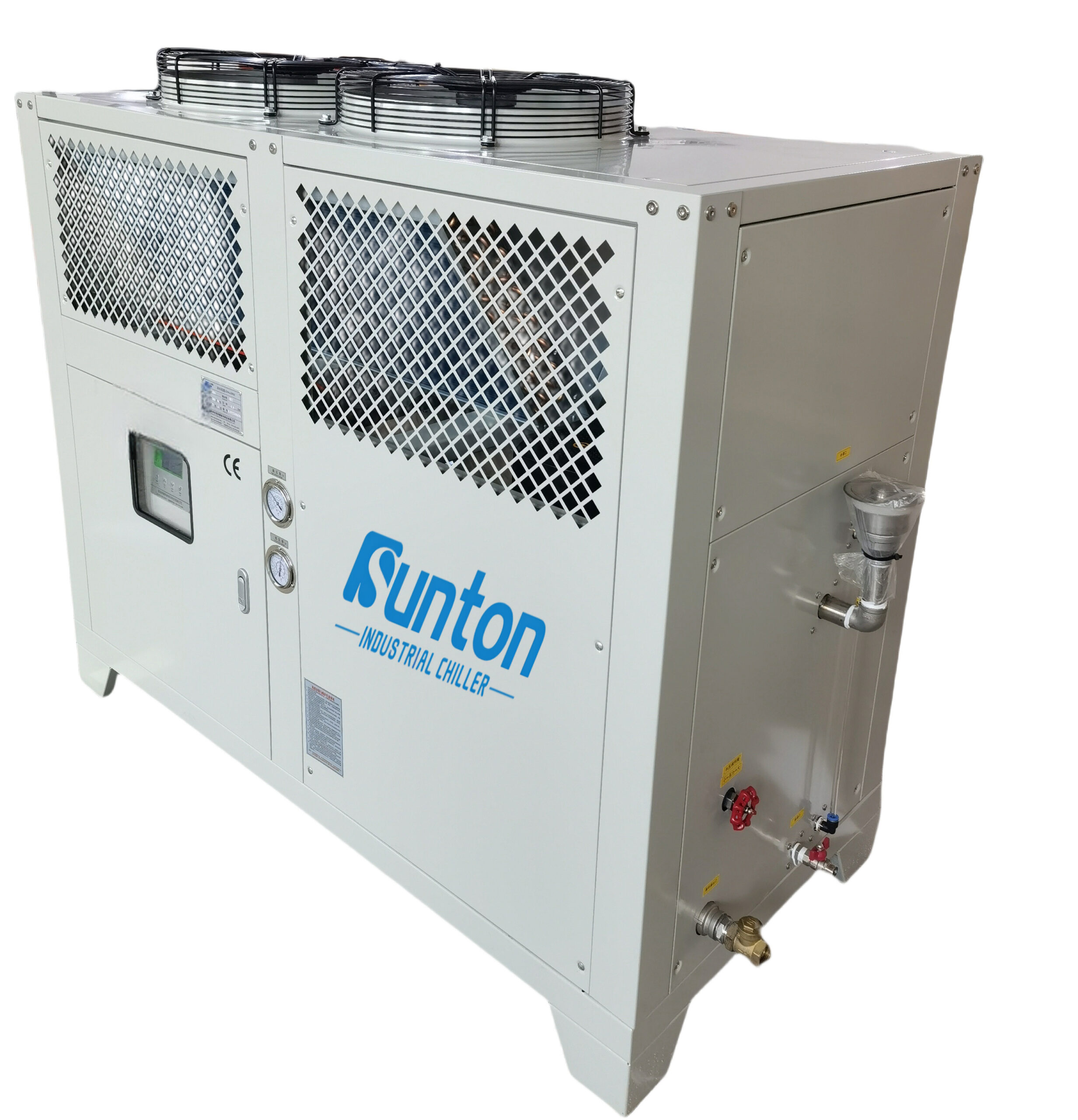-
Khu công nghiệp Dalingshan Quảng Đông

how do i choose my chiller
Choosing the Right Chiller: A Step-by-Step Guide for Your Application
Bài viết này cung cấp hướng dẫn toàn diện về cách select a chiller that perfectly fits your needs, focusing on industrial applications. It covers the critical factors you must consider to ensure optimal performance, efficiency, and longevity of your hệ thống làm lạnh. Whether you’re in the Plastics and Rubber Industry, Machining Industry, or any other sector requiring precise temperature control, this guide is designed to help you make an informed decision, ultimately leading to cost savings and improved operational efficiency. This article is a worthwhile read because it breaks down complex technical details into simple, understandable language, ensuring that even those new to máy làm lạnh can grasp the essential concepts and make the máy làm lạnh tốt nhất choice for their specific requirements.
Mục lục
Máy làm lạnh công nghiệp là gì và nó hoạt động như thế nào?
MỘT máy làm lạnh công nghiệp là một hệ thống làm lạnh that removes heat from a liquid via a vapor-compression or absorption refrigeration cycle. This cooled liquid then circulates through a heat exchanger to cool equipment or another process stream (such as air or process water). As a necessary component, làm lạnh creates a continuous cycle of cooling and heat transfer.
In essence, a máy làm lạnh functions by circulating a chất làm mát, typically water or a water/glycol mixture, through a closed-loop system. The chất làm mát absorbs heat from the process or equipment, which then flows to the máy làm lạnh nơi mà chất làm lạnh trong vòng máy làm lạnh hấp thụ nhiệt. máy nén sau đó tăng áp suất và nhiệt độ của chất làm lạnh, which then flows to the tụ điện. Here, the heat is released, either to the ambient air in máy làm lạnh bằng không khí or to a separate water source in water-cooled systems. My experience has shown me that understanding this basic principle is crucial for anyone operating in an industrial setting.
Why is Selecting the Correctly Sized Chiller Crucial?
Selecting a correctly sized chiller is vital for maintaining optimal performance and efficiency in your operations. An máy làm lạnh có kích thước nhỏ sẽ luôn luôn struggle to meet the cooling demands, leading to inadequate làm mát and potential damage to your process equipment and the process itself. My personal experience emphasizes that this can result in costly downtime and reduced productivity. This leads to issues where the máy làm lạnh sẽ không bao giờ có thể ĐẾN properly cool the process equipment, leading to overheating and potential damage. Conversely, an oversized chiller will never operate at its peak efficiency, leading to higher energy consumption and unnecessary operational costs. Plus, the temperature will not be stable. Các máy làm lạnh might cool the process too quickly, leading to short cycling, where the máy làm lạnh turns on and off frequently. This not only wastes energy but also puts extra wear and tear on the máy làm lạnh components, reducing its lifespan. The oversized chiller will never be able to run at its rated capacity. Also, the initial investment for an oversized unit is higher, and it may require more space around the chiller for proper ventilation and maintenance, adding to the overall cost and complexity.
In simple terms, one size does not fit all. Getting the correct chiller kích cỡ ensures that the system can handle the tải làm mát efficiently, maintaining the desired process water temperature and extending the lifespan of your equipment. An máy làm lạnh quá nhỏ is like trying to cool a large room with a tiny fan – it simply won’t work efficiently. On the other hand, an máy làm lạnh quá khổ is like using a massive air conditioner to cool a small closet – it’s overkill and wasteful. The kích thước chính xác đảm bảo rằng máy làm lạnh operates within its optimal range, providing efficient làm mát without unnecessary strain.
What are the Main Types of Chillers?
Broadly speaking, máy làm lạnh are categorized into two main types based on their heat rejection method: làm mát bằng không khí and water-cooled. Máy làm lạnh bằng không khí use ambient air to dissipate heat, while máy làm lạnh giải nhiệt bằng nước sử dụng nước từ một tháp giải nhiệt or other water source.
Máy làm lạnh bằng không khí là easy to install and require less maintenance than water-cooled systems. They are typically preferred in applications where water is scarce or where a simple, self-contained system is desired. Máy làm lạnh bằng không khí are typically đã sử dụng when the heat from the máy làm lạnh can be exhausted directly outside. However, they can be less efficient in nhiệt độ môi trường cao. My firsthand experience confirms that these chillers are ideal for smaller setups. These máy làm lạnh use fans to blow ambient air across a tụ điện, which cools the chất làm lạnh.
| Tính năng | Máy làm lạnh bằng không khí | Máy làm lạnh giải nhiệt bằng nước |
| Cài đặt | Simpler, no need for a cooling tower | Phức tạp hơn, đòi hỏi phải có tháp giải nhiệt hoặc nguồn nước |
| BẢO TRÌ | Lower, fewer components to maintain | Higher, requires regular cleaning of cooling tower |
| Hiệu quả | Generally lower, especially in high ambient temperatures | Generally higher, more consistent performance |
| Không gian | Can be larger, requires clearance for airflow | Can be smaller, but requires space for cooling tower |
| Noise | Louder due to fans | Quieter operation |
| Sử dụng nước | No water consumption | Cần cung cấp nước liên tục |
| Ứng dụng | Suitable for smaller to medium cooling loads | Ideal for large cooling loads and high-heat environments |
| Trị giá | Lower initial cost | Higher initial cost |
| Sử dụng năng lượng | More in warm temperatures | Less, efficient cooling |
| Indoor/Outdoor | Outdoor | Indoor |
Máy làm lạnh giải nhiệt bằng nước là nhiều hơn efficient than air-cooled units, especially in nhiệt độ môi trường cao, because water is a more effective truyền nhiệt medium than air. They require a separate làm mát water source, which can be a tháp giải nhiệt, a well, or a municipal water supply. Máy làm lạnh giải nhiệt bằng nước are generally more có hiệu quả because water has a higher heat capacity than air, meaning it can absorb more heat. These máy làm lạnh circulate water through a tụ điện, which absorbs the heat from the chất làm lạnh. The heated water is then pumped to a tháp giải nhiệt where the heat is dissipated. Máy làm lạnh giải nhiệt bằng nước are ideal for large industrial applications where efficient làm mát is critical and a reliable water source is available. While they require more maintenance, their energy efficiency often leads to lower operating costs in the long run. Additionally, they can be installed indoors, which protects them from weather elements and allows for easy inspection and maintenance. They are well-suited for large industrial applications where a reliable làm mát source is available. From what I’ve seen, they are the go-to choice for large-scale operations. Also, máy làm lạnh giải nhiệt bằng nước are typically placed indoors, while máy làm lạnh bằng không khí are usually placed outdoors.
How to Determine the Cooling Load for Your Application?
Xác định tải làm mát is a critical step in selecting the correct máy làm lạnh kích cỡ. Các tải làm mát is the amount of heat that needs to be removed from the process or equipment to maintain the desired temperature. It’s usually measured in tons of refrigeration or BTUs per hour.
There are several methods to calculate the tải làm mát, including using the flow rate and temperature difference (đầu vào và đầu ra water) or by assessing the heat generated by the equipment itself. For instance, the formula to calculate the required máy làm lạnh capacity based on water flow rate and temperature change is:
Cooling Load (BTU/hr) = Water Flow Rate (gallons/min) * 500 * (Inlet Water Temperature (°F) – Outlet Water Temperature (°F))
Nếu inlet water temperature is 65°F and the outlet water temperature is 55°F, and the rate of flow is 10 gallons per minute, then:
Cooling Load (BTU/hr) = 10 * 500 * (65 – 55) = 50,000 BTU/hr.
It’s crucial to consider all sources of heat generation within the process. In my experience, overlooking even minor heat sources can lead to an undersized system. When calculating làm mát capacity, it is important to include a safety factor, typically around 20%, to account for variations in operating conditions and potential future expansion. This ensures that your máy làm lạnh can handle unexpected increases in làm mát demand without compromising performance. The goal is to help you make the best decision possible.
What Role Does Ambient Temperature Play in Chiller Selection?
Môi trường xung quanh air temperature significantly impacts hiệu suất làm lạnh, particularly for làm mát bằng không khí units. In regions with nhiệt độ môi trường cao, các máy làm lạnh‘s ability to dissipate heat is reduced, requiring a larger máy làm lạnh để đạt được điều tương tự làm mát capacity.
For instance, a máy làm lạnh operating in a location with an average nhiệt độ không khí xung quanh of 95°F will need to work harder than one operating at 75°F. This is because the truyền nhiệt efficiency decreases as the temperature difference between the chất làm lạnh và môi trường xung quanh air decreases. Therefore, it’s crucial to consider the maximum expected môi trường xung quanh temperature when selecting a chiller.
| Ambient Temperature (°F) | Chiller Capacity Reduction (%) |
| 75 | 0 |
| 85 | 5 |
| 95 | 10 |
| 105 | 15 |
| 115 | 20 |
In my experience, customers in hotter climates often require a larger máy làm lạnh to compensate for the reduced efficiency. It’s essential to consult with nhà sản xuất máy làm lạnh or experienced engineers to accurately account for môi trường xung quanh temperature variations. Remember, there may be other circumstances that affect your choice.
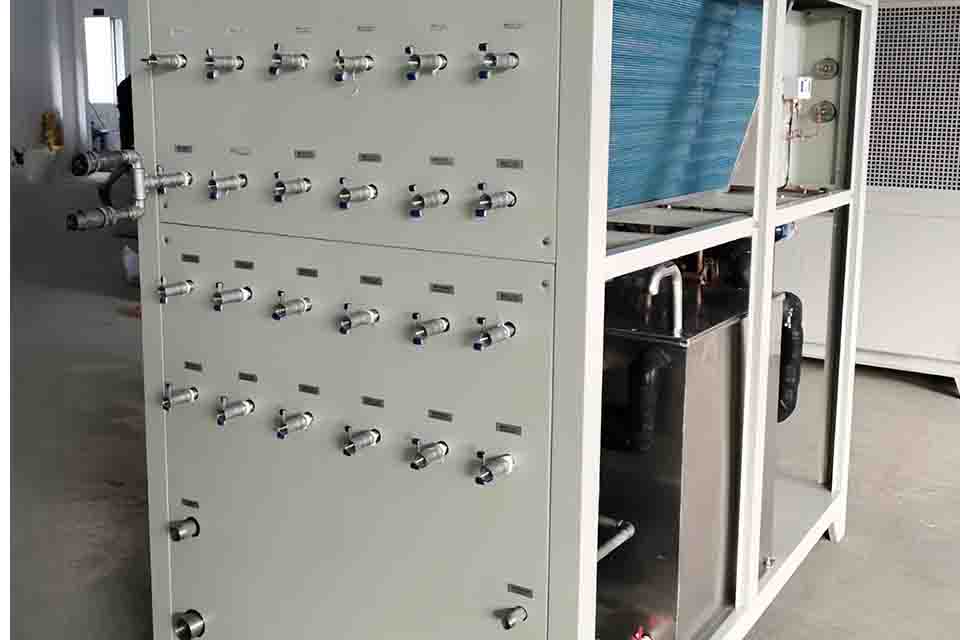
What is the Importance of Flow Rate and Pressure in a Chiller System?
Các flow rate, or the khối lượng nước circulated through the máy làm lạnh per unit of time, is another critical factor. It directly impacts the máy làm lạnh‘s ability to loại bỏ nhiệt from the process. The correct flow rate đảm bảo rằng Nước spends enough time in the máy làm lạnh to be cooled to the desired temperature.
Các pressure the pump can deliver is also important, especially in systems with long hose runs or complex piping. Insufficient pressure can lead to reduced flow rates and inadequate làm mát. It’s essential to select a chiller with a pump that can deliver the required flow rate across the system at the necessary pressure. In my experience, neglecting flow rate and pressure considerations can lead to significant performance issues.
Máy làm lạnh bằng không khí so với máy làm lạnh bằng nước: Loại nào phù hợp với bạn?
The choice between làm mát bằng không khí Và máy làm lạnh giải nhiệt bằng nước depends on various factors, including the application, the availability of water, the môi trường xung quanh temperature, and the desired efficiency.
Máy làm lạnh bằng không khí are generally simpler and have lower maintenance requirements, making them suitable for smaller applications or locations with limited water access. However, they are less có hiệu quả TRONG nhiệt độ môi trường cao. Water-cooled máy làm lạnh offer higher efficiency and are preferred for larger industrial applications where làm mát water is readily available. They are typically installed indoors and offer better performance in hot environments. I’ve often recommended máy làm lạnh giải nhiệt bằng nước to clients with high làm mát loads and access to a reliable water source.
Here are some additional factors to consider when choosing between làm mát bằng không khí Và máy làm lạnh giải nhiệt bằng nước:
- Noise: Air-cooled máy làm lạnh are typically noisier than máy làm lạnh giải nhiệt bằng nước because they use fans to dissipate heat. This can be a concern in noise-sensitive environments.
- Không gian: Máy làm lạnh bằng không khí require more space for ventilation than máy làm lạnh giải nhiệt bằng nước.
- Ăn mòn: Water can be corrosive, which can shorten the lifespan of máy làm lạnh giải nhiệt bằng nước if not properly maintained. Therefore, it is essential to monitor the water quality and use appropriate sự ăn mòn inhibitors.
How to Maintain and Troubleshoot Your Chiller?
Regular maintenance is crucial for ensuring the longevity and optimal performance of your máy làm lạnh. This includes cleaning the tụ điện cuộn dây, kiểm tra chất làm lạnh levels, inspecting the pump and piping for leaks, and monitoring the Nước quality. A used chiller requires even more attention.
Troubleshooting common issues, such as insufficient làm mát, unusual noises, or leaks, often involves checking the flow rate, nhiệt độ nước, Và chất làm lạnh levels. In many cases, these issues can be resolved by adjusting settings, cleaning components, or adding chất làm lạnh. However, it’s always recommended to consult with a qualified technician for complex problems. My experience has taught me that proactive maintenance can prevent most issues and significantly extend the máy làm lạnhtuổi thọ của.
What are the Key Factors to Consider When Choosing a Chiller Manufacturer?
Lựa chọn đúng manufacturer is as important as choosing the máy làm lạnh bên phải. Look for manufacturers with a proven track record, extensive experience in your industry, and a reputation for producing high-quality, reliable equipment.
Consider factors such as the manufacturer’s warranty, after-sales support, and the availability of spare parts. It’s also beneficial to choose a manufacturer that offers customization options to tailor the máy làm lạnh to your specific needs. In my experience, working with a reputable manufacturer like us can make a significant difference in the overall performance and reliability of your hệ thống làm lạnh.
Ready to Optimize Your Cooling System? Contact Us for Expert Guidance
Lựa chọn máy làm lạnh bên phải is a critical decision that impacts your operational efficiency, productivity, and bottom line. At Industrial Water Chiller Manufacturing Plants for products, we understand the complexities involved in selecting and sizing máy làm lạnh công nghiệp. With years of experience serving diverse industries, including Plastics and Rubber, Machining, Ngành thực phẩm và đồ uống, Chemical and Pharmaceutical, Electronics, Laser, Printing, Medical, Laboratories and Research Institutions, and Data Centers, we have the expertise to guide you through every step of the process.
Our team of experienced engineers can help you determine the optimal máy làm lạnh kích cỡ and type for your specific application, taking into account factors such as tải làm mát, môi trường xung quanh temperature, flow rate, and pressure requirements. We offer a wide range of máy làm lạnh, bao gồm làm mát bằng không khí and water-cooled units, with various khả năng làm mát available to meet your unique needs.
We pride ourselves on providing personalized service and support, from initial consultation to installation and beyond. Our commitment to quality, reliability, and customer satisfaction sets us apart. We don’t just sell máy làm lạnh; we provide comprehensive làm mát giải pháp phù hợp với nhu cầu cụ thể của bạn.
Whether you need a standard unit or a customized system, we have the expertise and resources to deliver the perfect máy làm lạnh for your application. Our website offers detailed information on a wide array of products including Máy làm lạnh trục vít làm mát bằng không khí, Máy làm lạnh công nghiệp cho nông nghiệp, Máy làm lạnh trung tâm trục vít giải nhiệt bằng nước, Máy làm lạnh Glycol, Máy làm lạnh HVAC, Máy làm lạnh nước trục vít giải nhiệt bằng nước, each designed to meet specific industrial needs. We’re here to help you make the best choice for your business. Let’s work together to optimize your hệ thống làm mát and enhance your operational efficiency.
Liên hệ với chúng tôi today to discuss your làm mát needs and discover how our expertise can benefit your operations.
Câu hỏi thường gặp
Sự khác biệt giữa máy làm lạnh bằng không khí và máy làm lạnh bằng nước là gì?
Máy làm lạnh bằng không khí use ambient air to remove heat, while water-cooled máy làm lạnh use water. Water-cooled units are generally more efficient, especially in hot environments, but require a water source.
Làm thế nào để xác định kích thước máy làm lạnh phù hợp cho ứng dụng của tôi?
Các kích thước chính xác phụ thuộc vào tải làm mát, which can be calculated based on the flow rate and temperature difference or the heat generated by your equipment.
What is the importance of flow rate in a chiller system?
Tốc độ dòng chảy determines how quickly the Nước được làm mát. correct flow rate ensures the water spends enough time in the máy làm lạnh to reach the desired temperature.
How does ambient temperature affect chiller performance?
Cao môi trường xung quanh temperatures reduce the efficiency of máy làm lạnh bằng không khí, requiring a larger unit to achieve the same làm mát capacity.
What maintenance is required for chillers?
Regular maintenance includes cleaning tụ điện cuộn dây, kiểm tra chất làm lạnh levels, inspecting pumps and piping, and monitoring Nước chất lượng.
Why should I choose Industrial Water Chiller Manufacturing plants for products as my chiller supplier?
We have extensive experience, offer customized solutions, and are committed to quality and customer satisfaction. We provide comprehensive support from selection to installation and beyond.
Những điểm chính
- Lựa chọn correct chiller size is crucial for optimal performance and efficiency.
- Cooling load, môi trường xung quanh temperature, flow rate, and pressure are critical factors to consider.
- Làm mát bằng không khí Và máy làm lạnh giải nhiệt bằng nước have distinct advantages and disadvantages.
- Regular maintenance is essential for extending máy làm lạnh lifespan and preventing issues.
- Choosing a reputable manufacturer like us ensures quality, reliability, and expert support.
- There may be other circumstances to think about before making a decision.
By understanding these key concepts and partnering with experienced professionals, you can confidently select the máy làm lạnh bên phải for your application, ensuring efficient, reliable, and cost-effective làm mát for years to come.
